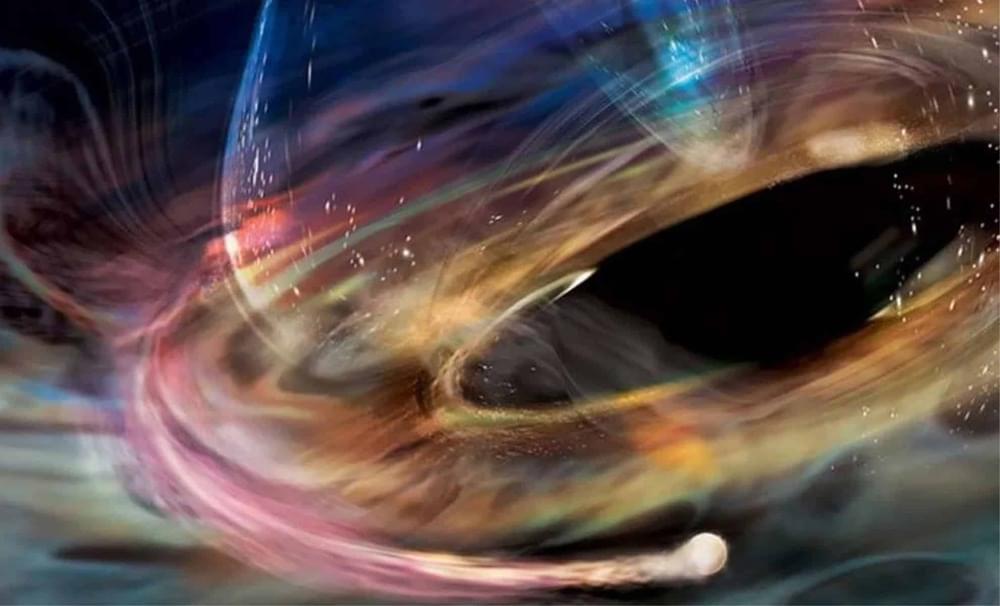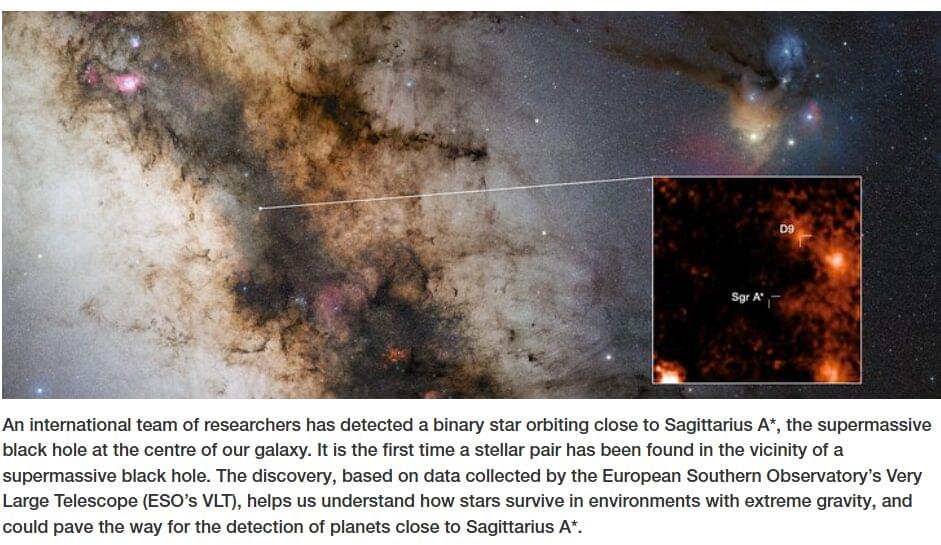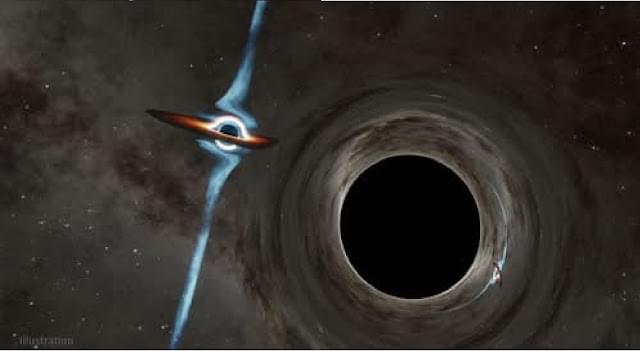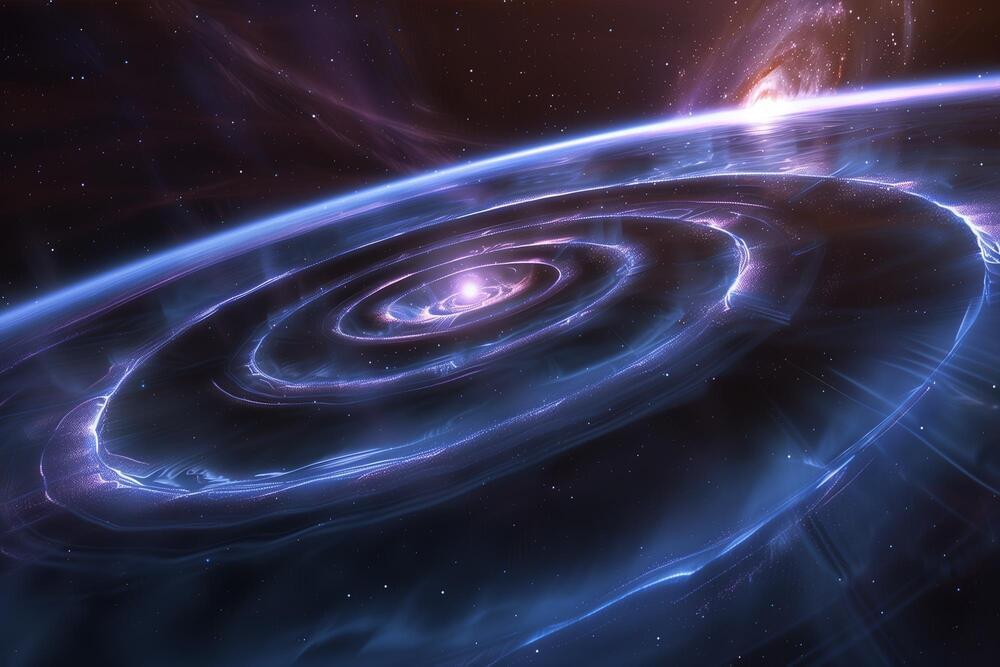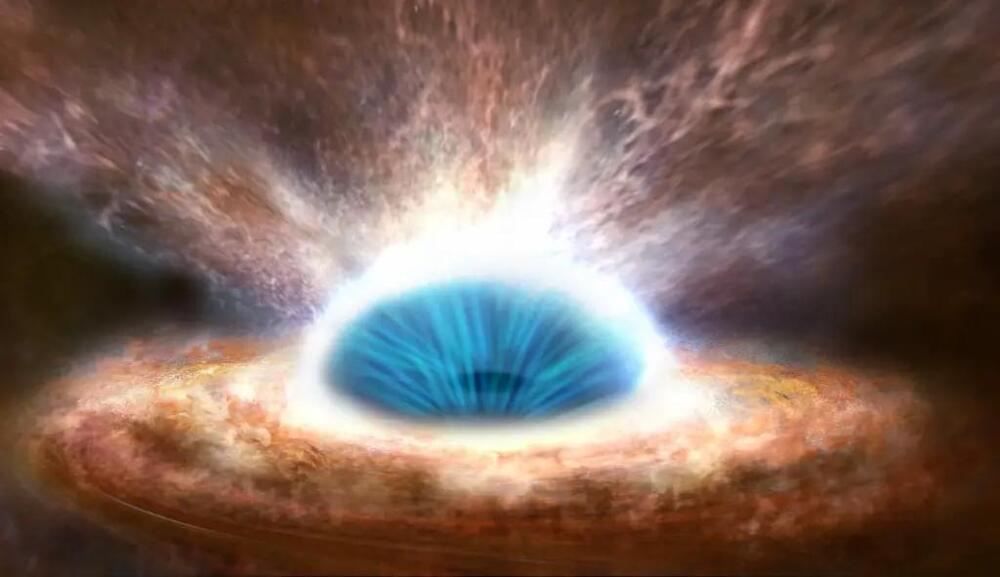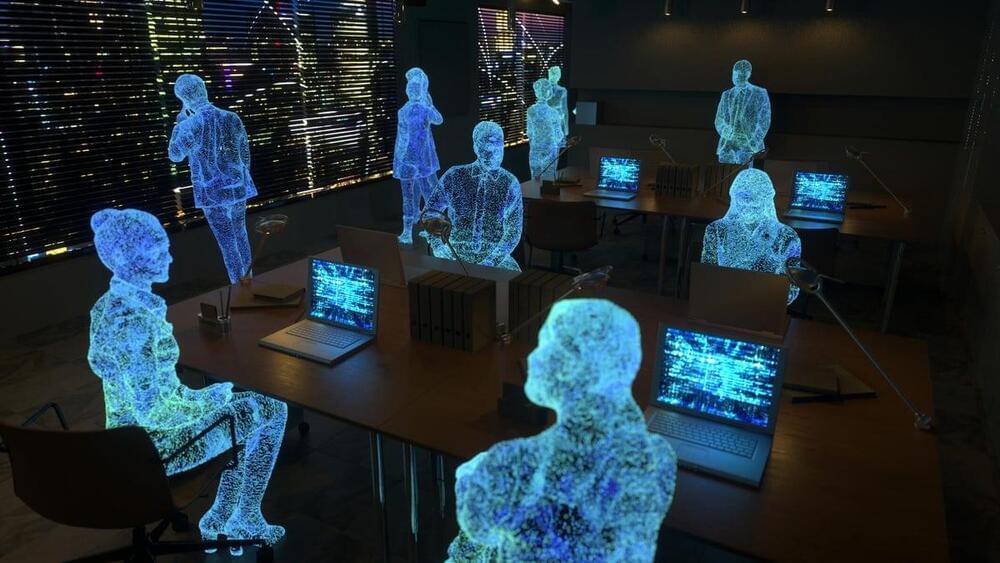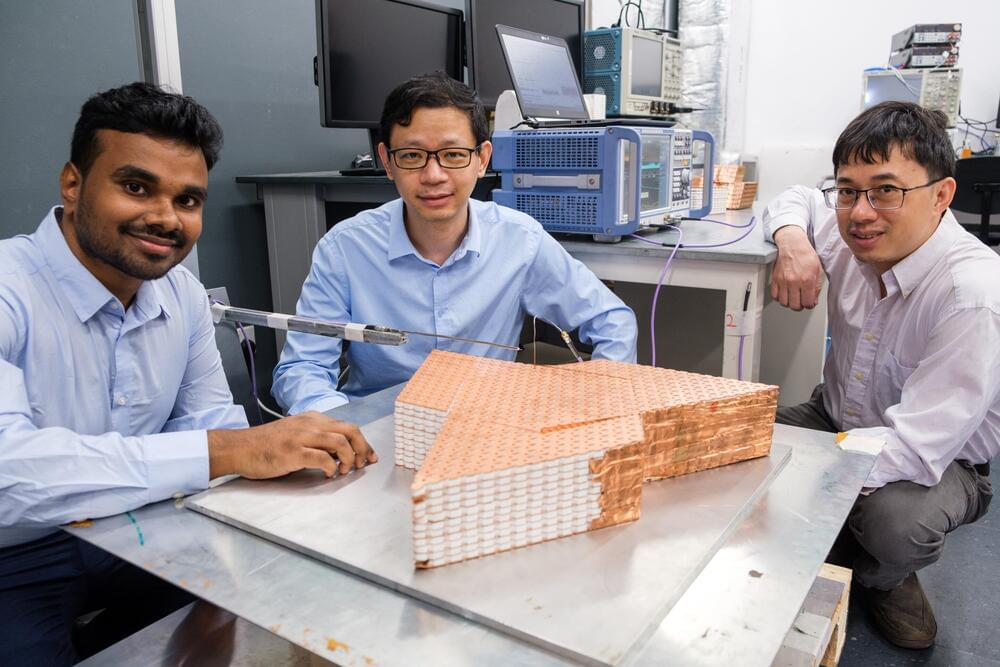What lies beyond the beginning of time? Physicists are exploring groundbreaking ideas that could reveal a hidden universe behind the Big Bang.
This mind-bending theory challenges everything we know about existence and the mysteries of our cosmic origins.
Imagine rewinding the story of our universe —back through billions of years of expansion, past the formation of galaxies, stars, and planets, to the very beginning. What if, instead of a single moment of creation, there was a cosmic reflection—a mirror image of everything we know, moving backward in time?
This is the tantalizing idea proposed by a group of physicists, suggesting that before the Big Bang, another universe may have existed, running in reverse. In this mirrored cosmos, time flows backward, and the very nature of existence challenges the boundaries of our understanding. Could this alternate reality hold the answers to some of the greatest mysteries in science, like the elusive nature of dark matter or the imbalance between matter and antimatter?
As groundbreaking as it sounds, this theory doesn’t just shake up the foundations of modern physics—it opens the door to deeper philosophical questions. What if the universe isn’t a singular event but part of a grander, cyclical dance? What if time, as we perceive it, is merely one piece of a much larger puzzle?
